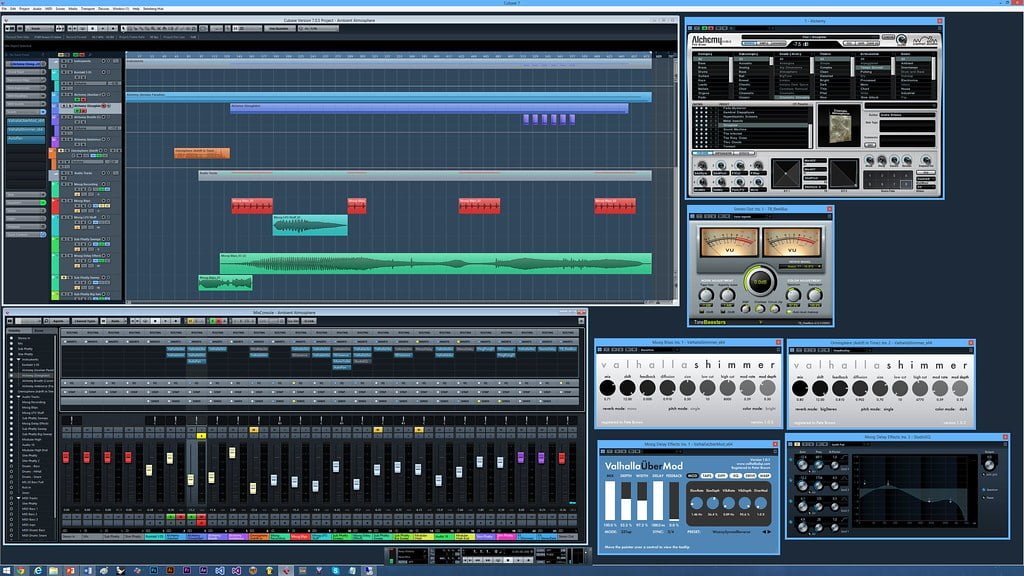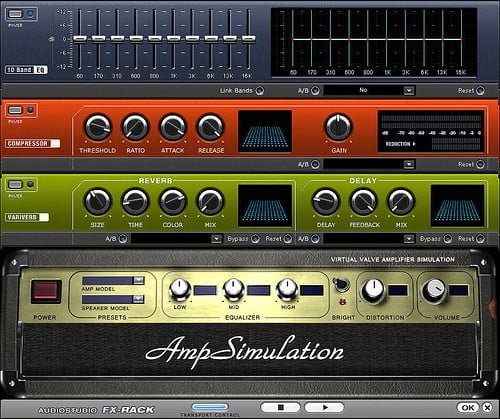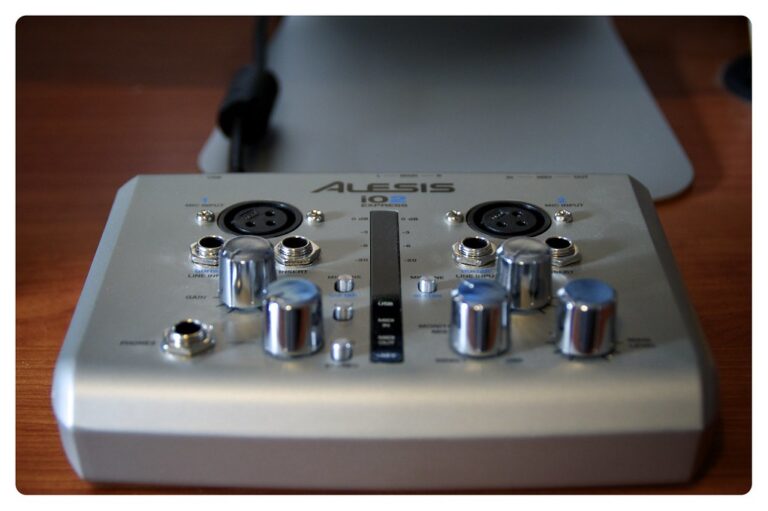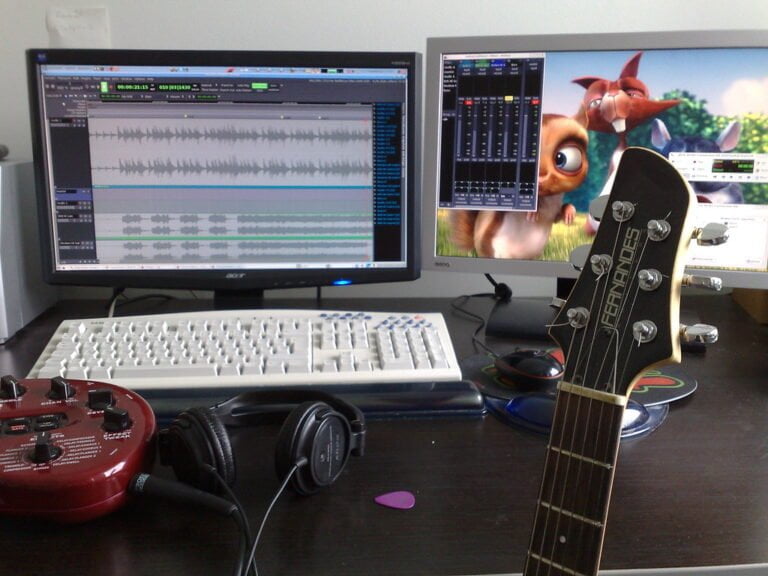DAW Automation Techniques: Mastering Dynamic Mix Adjustments
Mastering dynamic mix adjustments through DAW automation involves sculpting soundscapes with precision. Utilize advanced strategies like layering techniques for complexity and depth, guarantee clarity and intelligibility with vocal automation, and aim for total control by drawing automation from scratch. Industry expert tips emphasize leveraging automation tools and the benefits of tactile control surfaces for precise adjustments. These techniques enhance the mix dynamics and can lead to impactful audio mixes.
We are supported by our audience. When you purchase through links on our site, we may earn an affiliate commission, at no extra cost for you. Learn more.
Overview of DAW Automation Techniques
When working with DAW automation techniques, understanding the fundamental principles of automation data and editing methods is essential for achieving precise control over mix parameters. Automation plays an important role in shaping the sound of a mix, allowing music producers to finely adjust various elements such as volume, panning, EQ settings, and effects. One of the key features that aid in this precision is the availability of motorized faders, which enable real-time adjustments to be recorded and played back accurately.
Panning automation is another powerful tool that gives producers the ability to move sound sources within the stereo field dynamically. By automating panning, different instruments can be placed at different locations, creating a sense of space and movement in the mix. This level of control over every aspect of the sound environment enhances the clarity and depth of the mix.
Moreover, working with automation data allows for detailed manipulation of the dynamic range in a mix. By adjusting volume levels at specific points, music producers can make sure that quieter sections are heard clearly while preserving the impact of louder passages. This meticulous control over the mix’s dynamics contributes significantly to achieving a professional sound quality in the final product.
Benefits of Dynamic Mix Adjustments
How do dynamic mix adjustments through automation tools contribute to enhancing the emotional impact and clarity of audio tracks? Mix Automation is pivotal in sculpting the sonic landscape within a digital audio workstation like Pro Tools. By implementing automation changes, one can precisely control various parameters such as volume, panning, and effects over time. This level of detailed control guarantees that each element of a track is heard at the perfect moment, elevating the listening experience for the audience.
Tracks automation plays an important role in music production as it allows for the creation of intricate and evolving soundscapes. Through the use of automation tools, one can make subtle or dramatic changes to the music level, creating tension, release, and overall interest in the mix. These tools give producers and engineers the power to craft dynamic mixes that captivate listeners and convey the intended emotions effectively.
In the domain of audio engineering, mastering dynamic mix adjustments with automation is essential for achieving professional and engaging results. The ability to make precise adjustments to individual track parts ensures that every element shines through at the right moment, ultimately enhancing the overall clarity and emotional impact of the music. Embracing the capabilities of automation tools is key to creating mixes that are not only technically sound but also emotionally resonant.
Techniques for Volume Automation
Implementing volume automation techniques is vital for shaping the dynamic range and emotional impact of audio tracks within a mix. Volume automation involves making adjustments to the volume levels of individual tracks or sections to emphasize emotional highs and lows, guide listener attention, and create a balanced dynamic range. To achieve precise control over track dynamics, it is important to set automation points at specific points in the mix timeline. This level of detail allows for a nuanced manipulation of volume throughout the song.
In mastering volume automation, it is important to blend technical skill with artistic sensibility. This combination guarantees that the changes made enhance the overall musical experience rather than detract from it. Adhering to best practices is key; using volume automation sparingly and purposefully prevents over-processing the mix. Overdoing volume adjustments can lead to a cluttered and unnatural sound, detracting from the intended emotional impact.
Advanced Mix Automation Strategies
Layering automation techniques in a mix can provide intricate control over individual elements, enhancing the overall complexity and depth of the sound. By combining automation data with compression, modern digital audio workstations allow for precise control over the dynamics of audio elements, resulting in refined and polished mixes. Vocal automation, an important technique in mixing, plays a vital role in enhancing clarity and intelligibility. Utilizing nuanced control over vocal levels and processing through automation guarantees that vocals stand out effectively in the mix.
To reveal the full potential of mix automation, it is essential to explore advanced strategies that offer precise adjustments in complex scenarios. This includes experimenting with drawing automation from scratch, enabling total control over various parameters. Layering automation on different tracks allows for detailed and customized adjustments, enhancing the overall musicality of the mix.
Incorporating compression within automation workflows can further elevate the mix by sculpting the dynamics of individual elements. This integration of automation and compression techniques provides a powerful toolset for achieving professional-sounding mixes with depth and cohesion. Ultimately, mastering the art of automation in mixing is about leveraging these advanced strategies to create compelling and dynamic audio experiences.
Industry Experts Automation Tips
As we shift our focus to ‘Industry Experts Automation Tips,’ it becomes evident that leveraging automation tools is vital to achieving impactful and clear audio mixes according to industry specialists. Automation modes such as plug-in automation, draw in automation, and fader automation play a vital role in shaping the dynamics and overall level balance within a mix. Control surfaces integrated with DAWs offer tactile control over automation parameters, allowing for precise adjustments that enhance the emotional impact of the music.
Experts highlight the significance of vocal automation in maintaining clarity and consistency in vocal tracks. Utilizing tools like Waves Vocal Rider plugin can help automate level adjustments, ensuring that vocals remain prominent in the mix without overpowering other elements. Detailed automation curves enable engineers to craft intricate changes in volume, panning, and effects sends, providing nuanced control over the mix dynamics.
Recycling automation curves across multiple tracks streamlines the mixing process, promoting efficiency without compromising on quality. By implementing industry-recommended automation techniques, mix engineers can elevate the overall quality and impact of their mixes, delivering a polished and professional sound that resonates with listeners.






